Report on Quality Measurement Tools for Healthcare Professionals
VerifiedAdded on 2021/05/27
|5
|767
|64
Report
AI Summary
This report delves into the critical area of quality measurement within healthcare, focusing on the application of various tools by different healthcare professionals. It examines the use of cause and effect diagrams (fishbone diagrams) to identify root causes of outcomes, failure modes and effects analysis (FMEA) for risk assessment and mitigation, and PDSA (Plan-Do-Study-Act) worksheets for iterative improvement cycles. The report provides specific examples of how these tools are utilized by administrative health professionals, mid-level providers (nurse practitioners), physicians, and healthcare assistants. It highlights the benefits of each tool in different healthcare settings, such as resource allocation, sentinel event tracking, clinical outcome analysis, medication management, and problem-solving. The report references relevant research to support the practical applications of these tools and emphasizes their significance in enhancing patient care, reducing medical errors, and promoting continuous quality improvement within the healthcare system. This document showcases how healthcare professionals can employ these tools to improve patient outcomes and overall healthcare quality.
1 out of 5
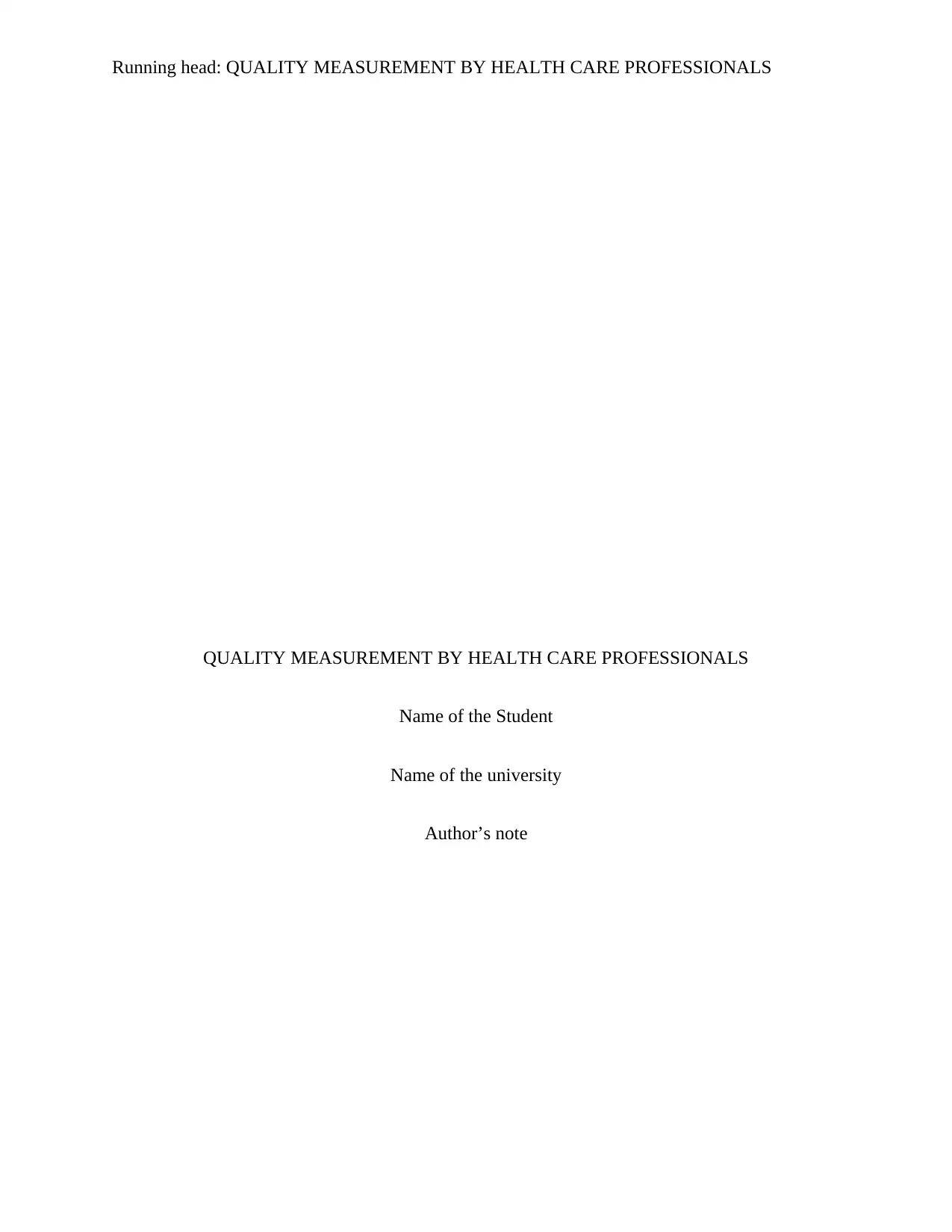
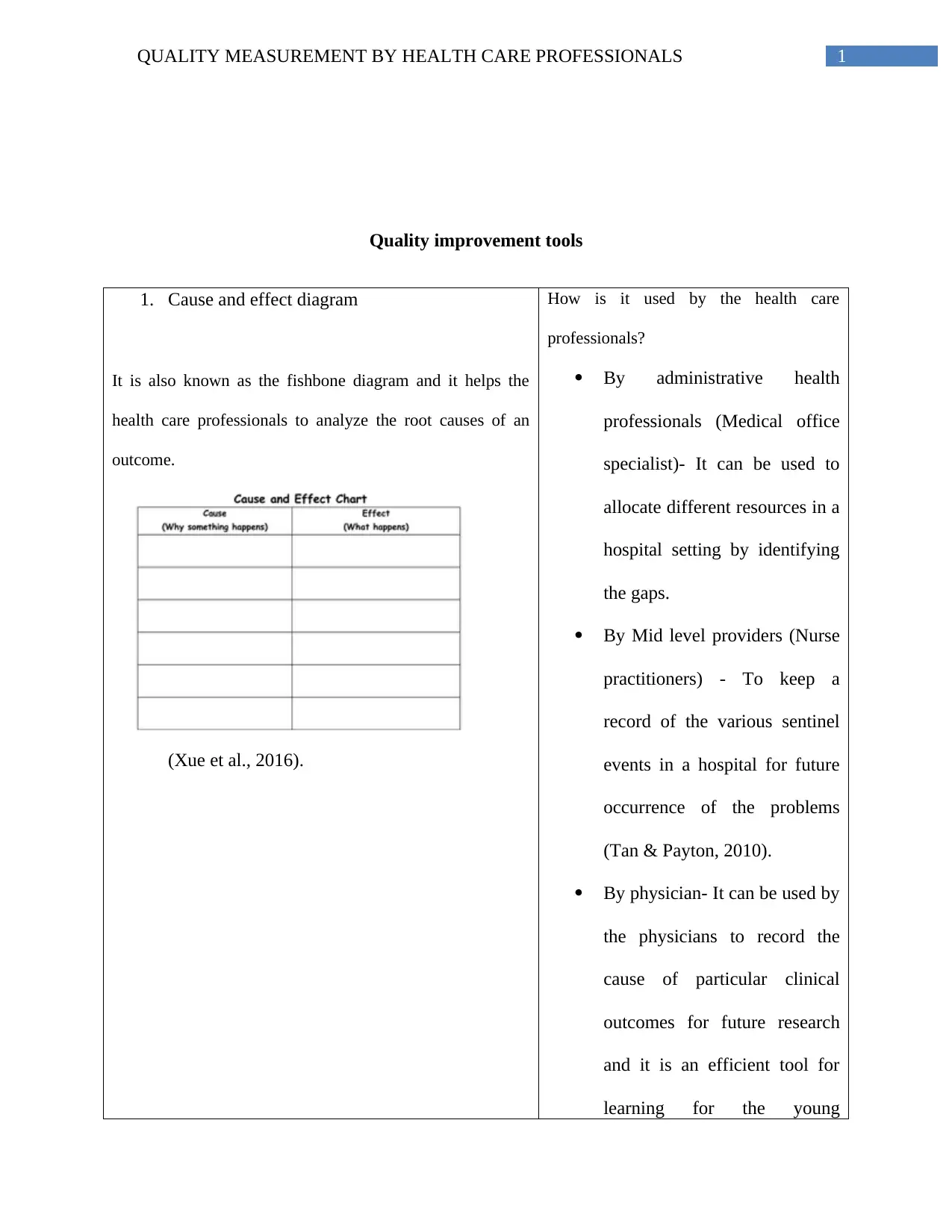
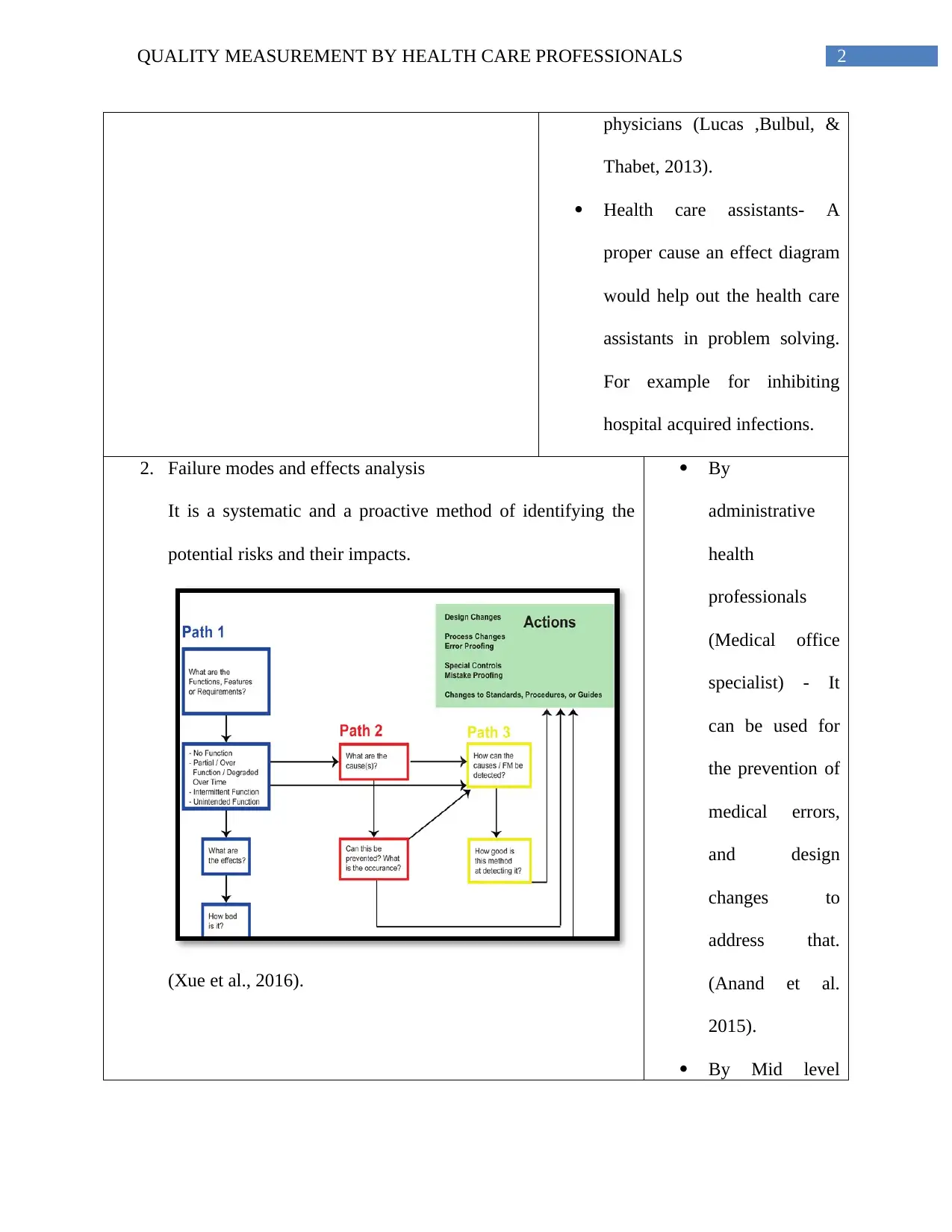

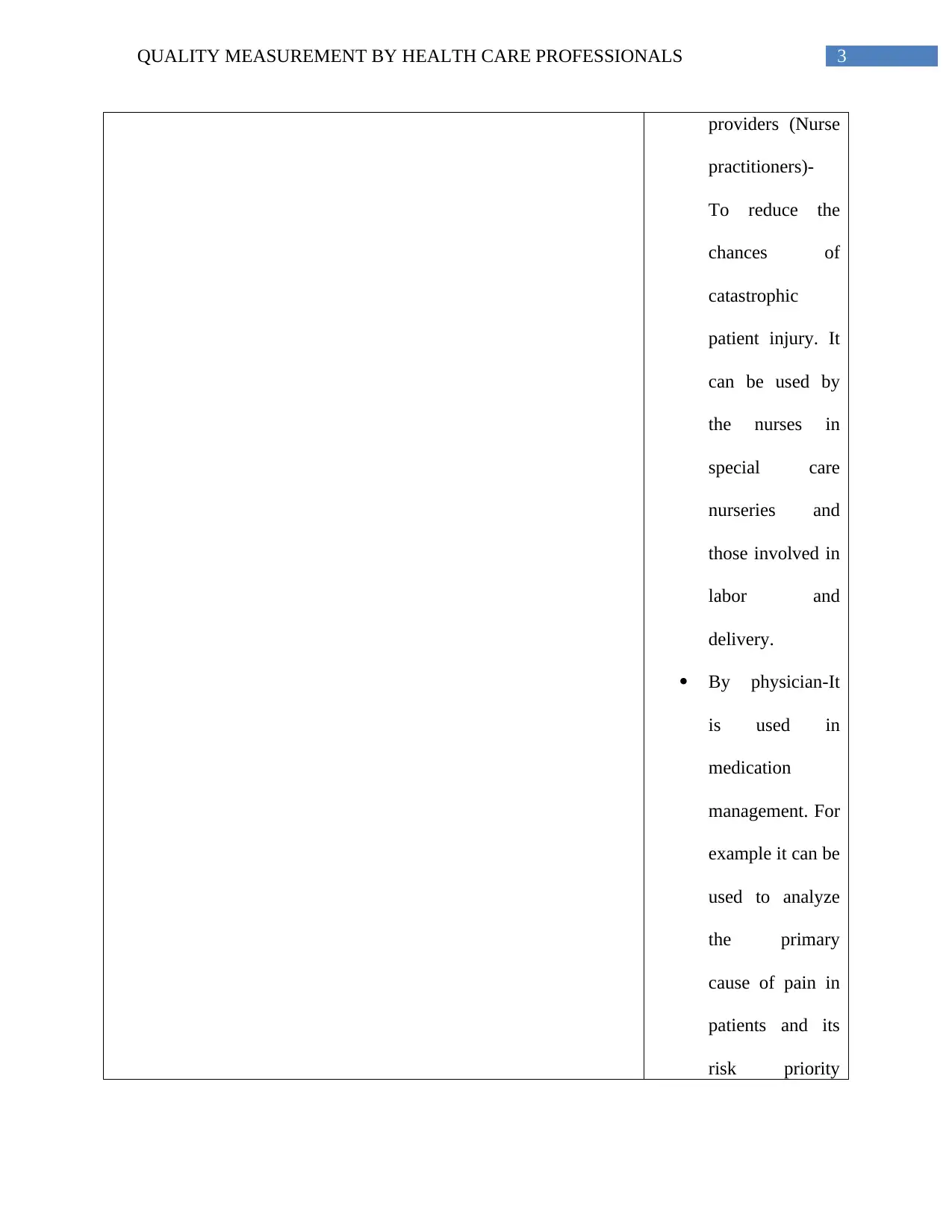
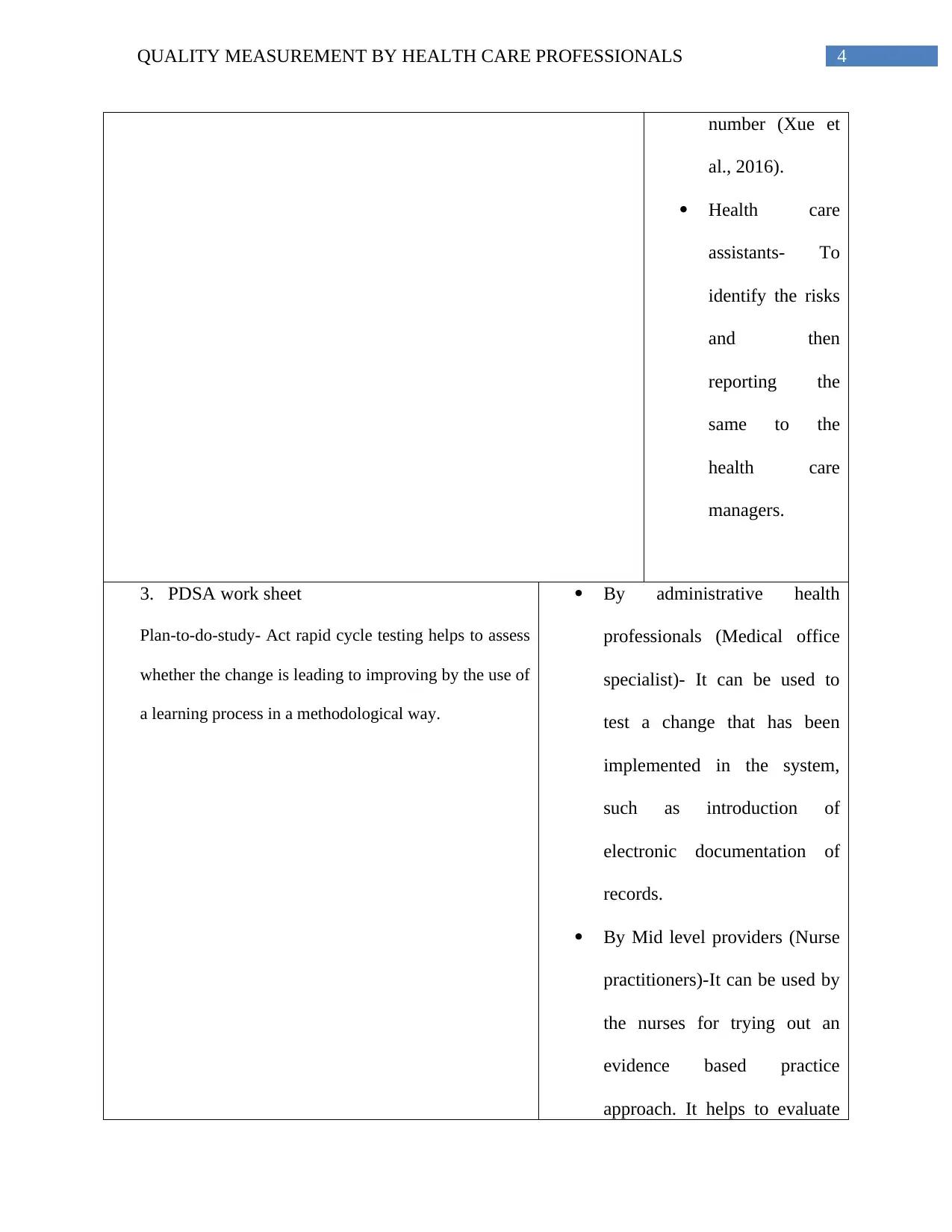






![[object Object]](/_next/static/media/star-bottom.7253800d.svg)